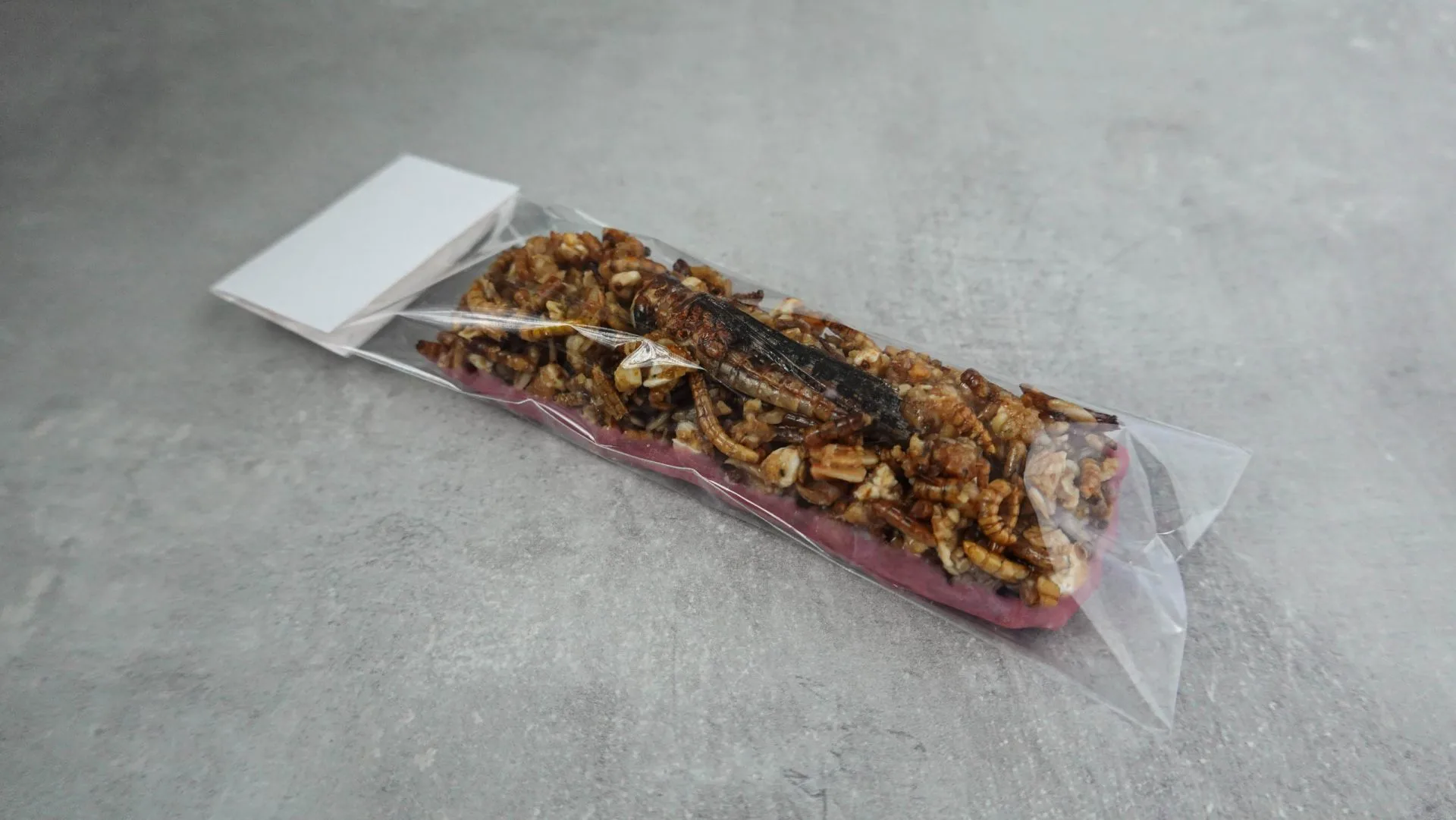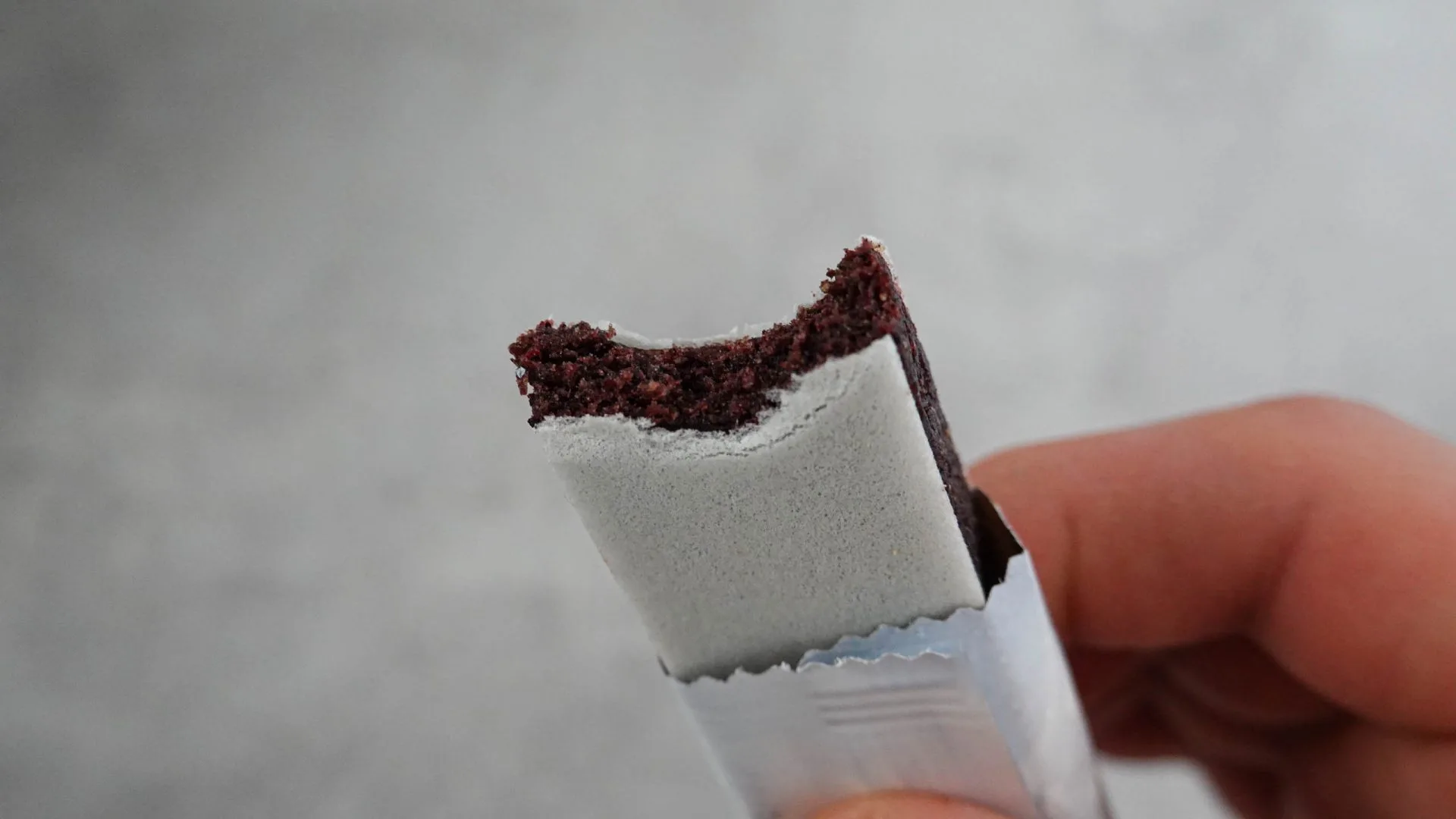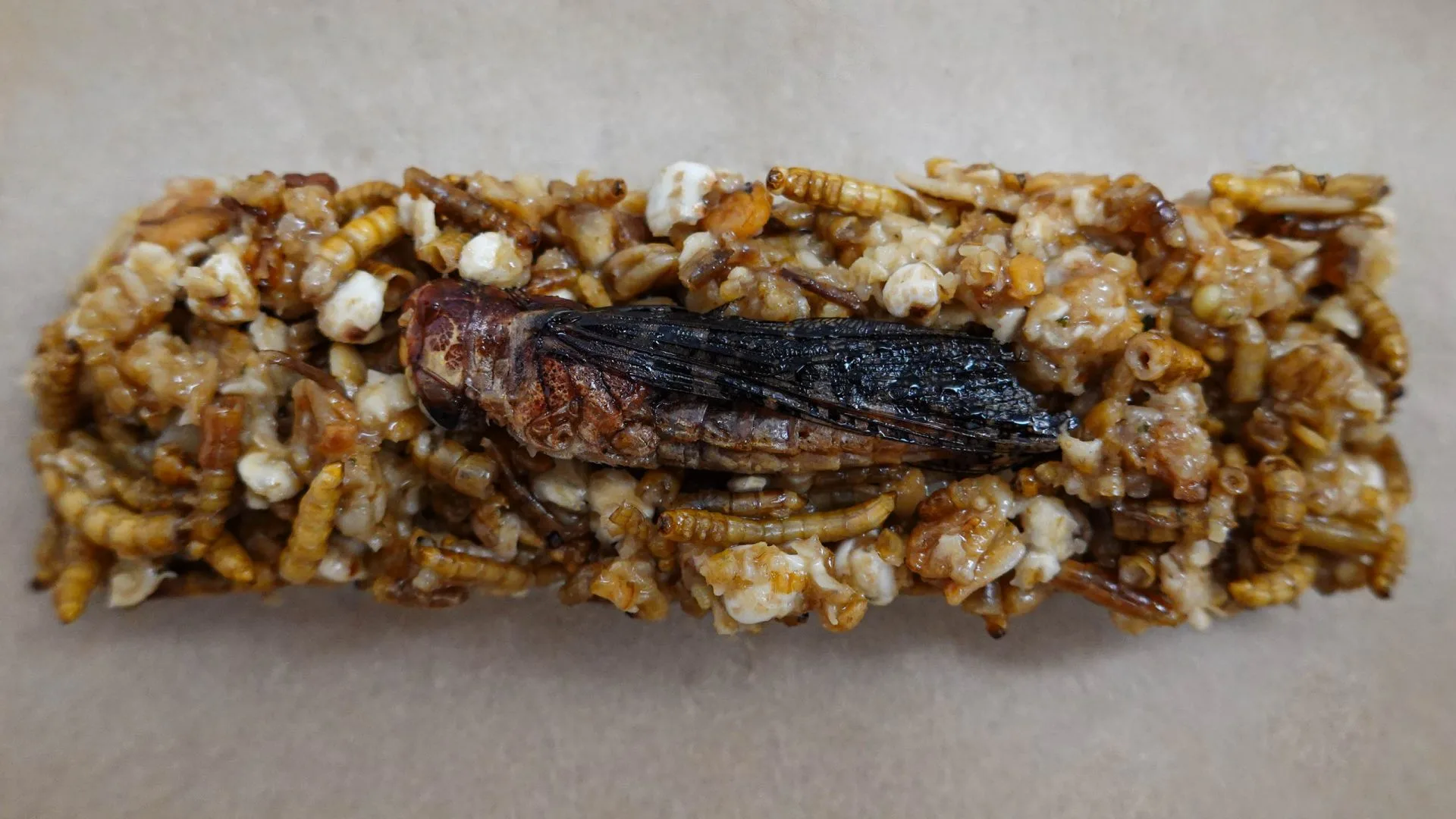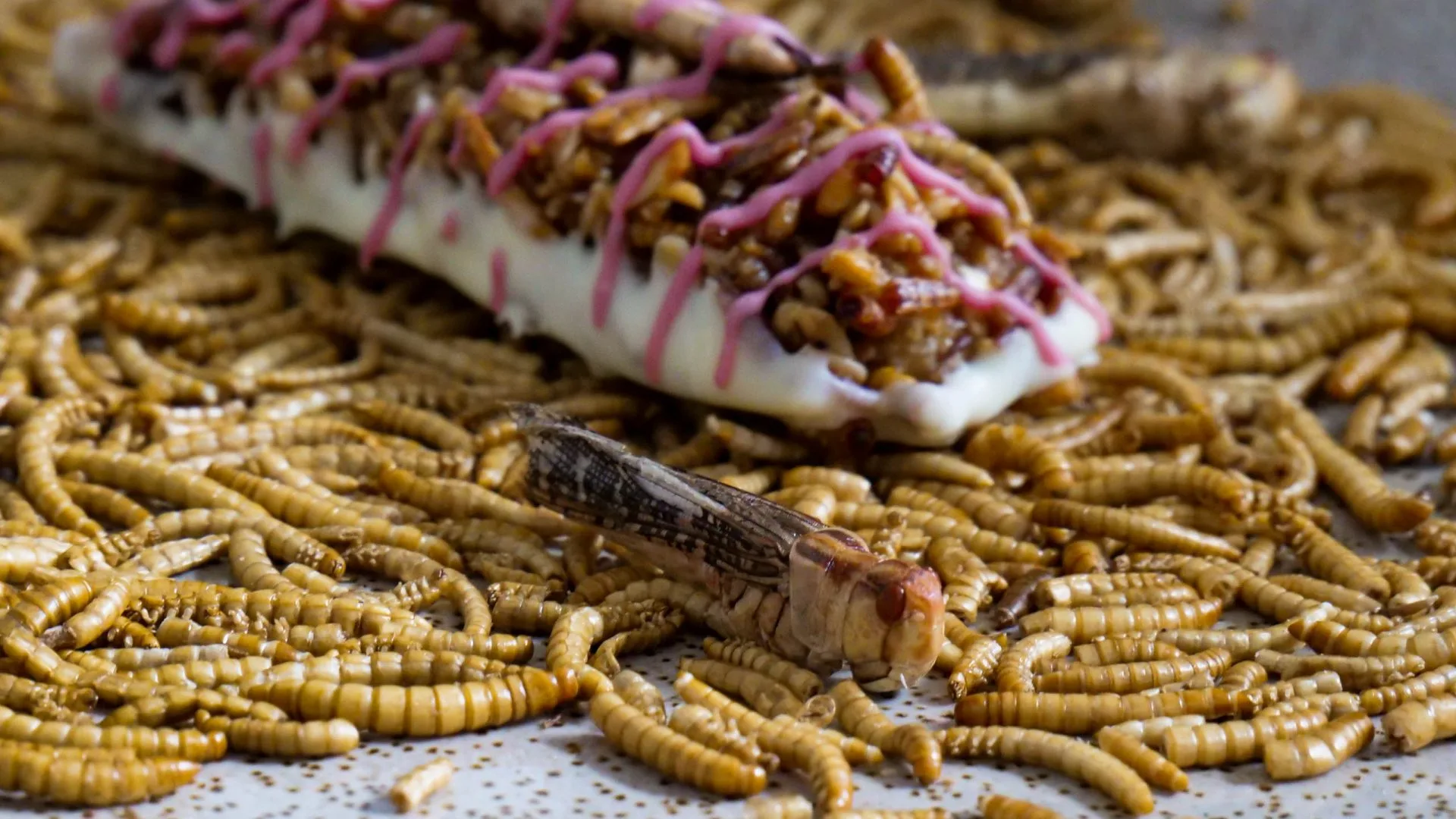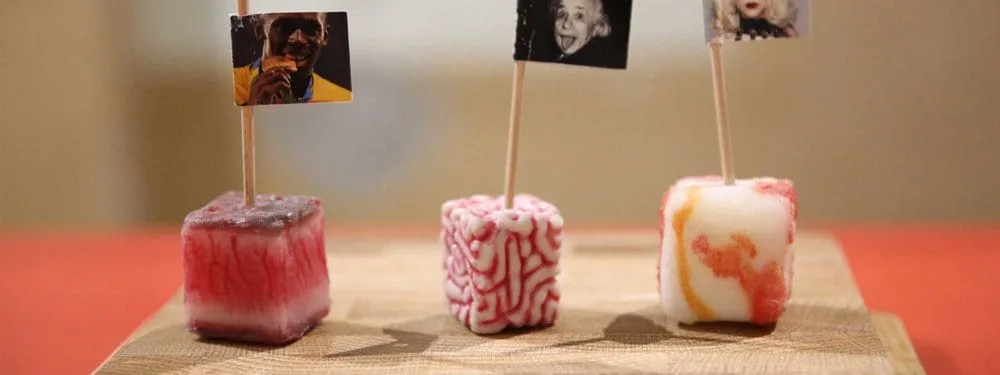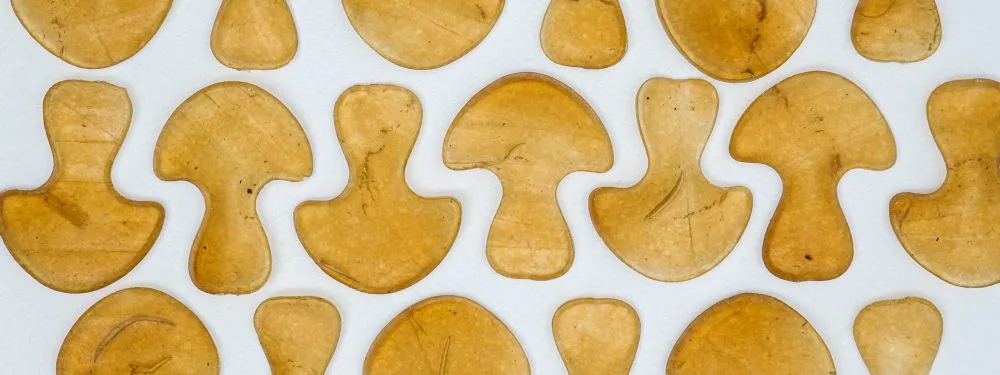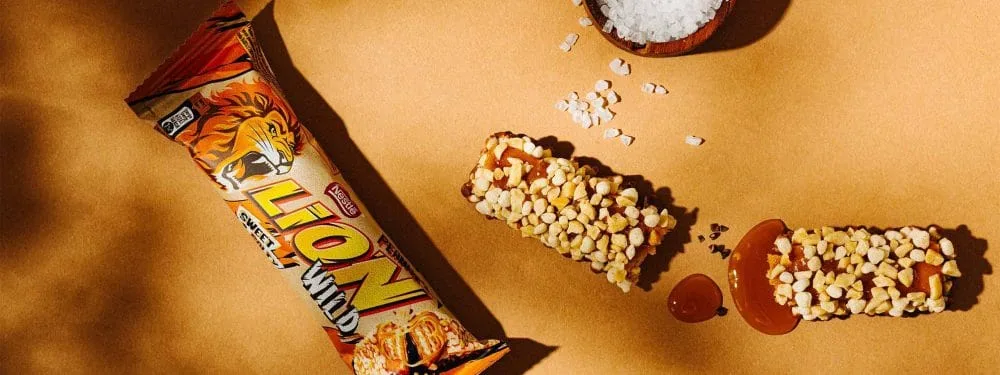Power on six legs: The Future is now
When it comes to the future of our diet, some foods are mentioned particularly often, such as algae, mushrooms and, of course, insects. Insects play a leading role because they provide high-quality proteins and are very sustainable in relation to their nutritional value, especially compared to meat, both in terms of water consumption,CO2, the conversion of feed into protein, and land use. Is that really why we’ll soon be eating all insects? They have long been part of the diet for about 2 billion people, and the FAO specifically recommends eating them.
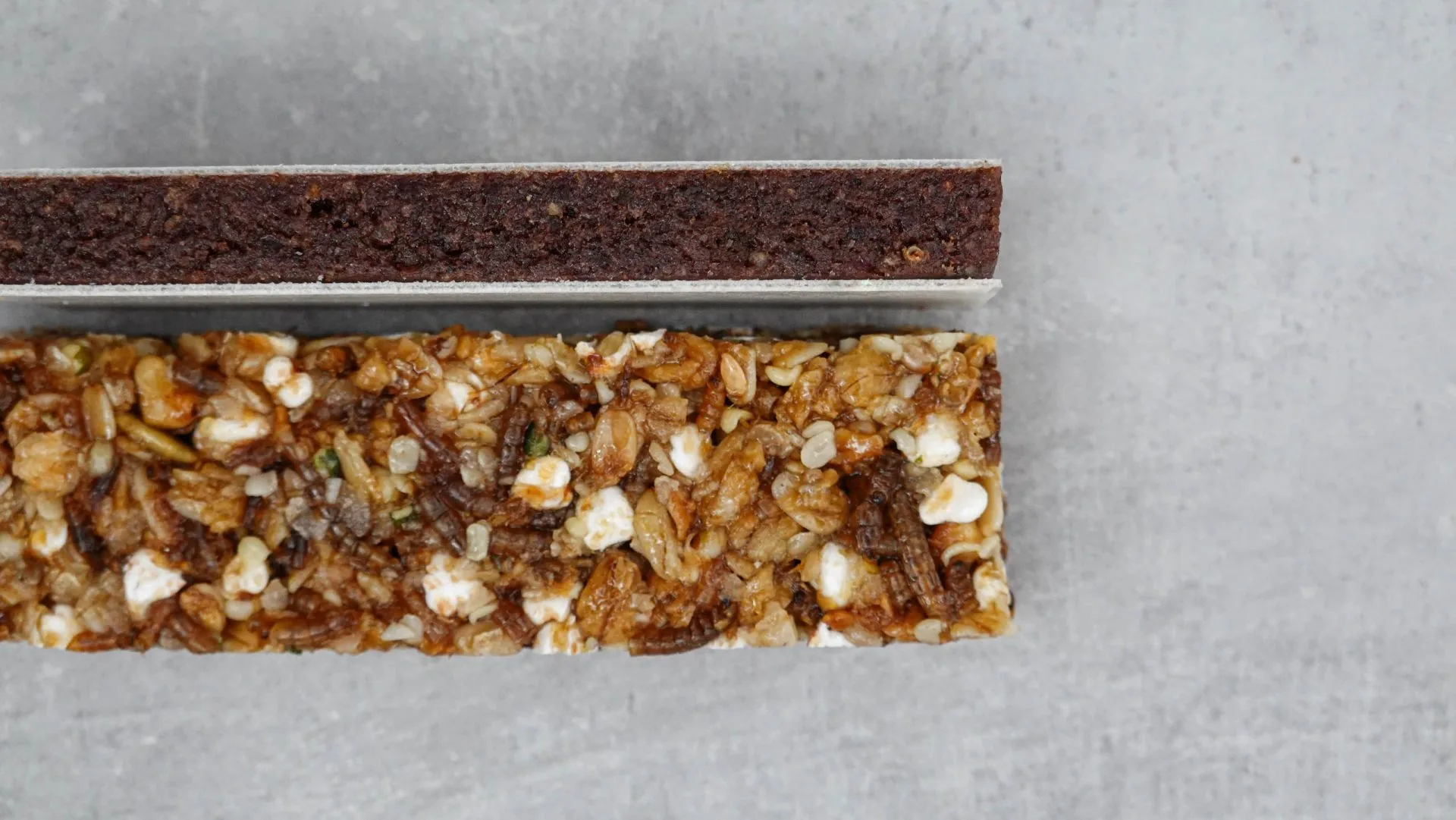
Pleasure Cultures
But food is rarely a mere necessity for us. A steak is not eaten primarily to consume high-quality proteins, it is about enjoyment. About the pleasure of a juicy grilled steak, which cannot be replaced so easily by insects. And even without an animal protein source it is possible to live very well and healthy. But insects could still enrich our diet, and it’s always good to have multiple pleasure options. Pleasure? Yes, it can also be learned from insects.
There is a cultural hurdle to overcome, because we associate insects with dirt or disgust and not with enjoyment, even though shrimp, which like insects belong to the arthropod phylum, are very popular in Europe. Hardly anyone liked bitter foods as a child, and even adults can learn to appreciate new foods. We are convinced that insects can be quite acceptable in our country, provided that it tastes good. Openness to the new helps; for others, we need to integrate the unusual into a familiar context so that it becomes accessible and not off-putting.
Restaurants like D.O.M. in Brazil and Noma have already served ants, which have a special citrus aroma, and Daniel Spoerri served up termites in his Düsseldorf restaurant as early as the 1960s; he, too, was interested in broadening our own culturally limited view of our diet.
Gentle and soft or crisp and controversial
We take an obvious approach to expanding our nutrition and use the valuable insect proteins as the basis for protein bars. So an Insect Power Bar. In advance we look for reliable sources and find Folke Dammann from “SNACK-INSECTS”. He sends us a selection with which we can start our experiment directly: Mealworms, ground Buffalo worms, crickets and grasshoppers.
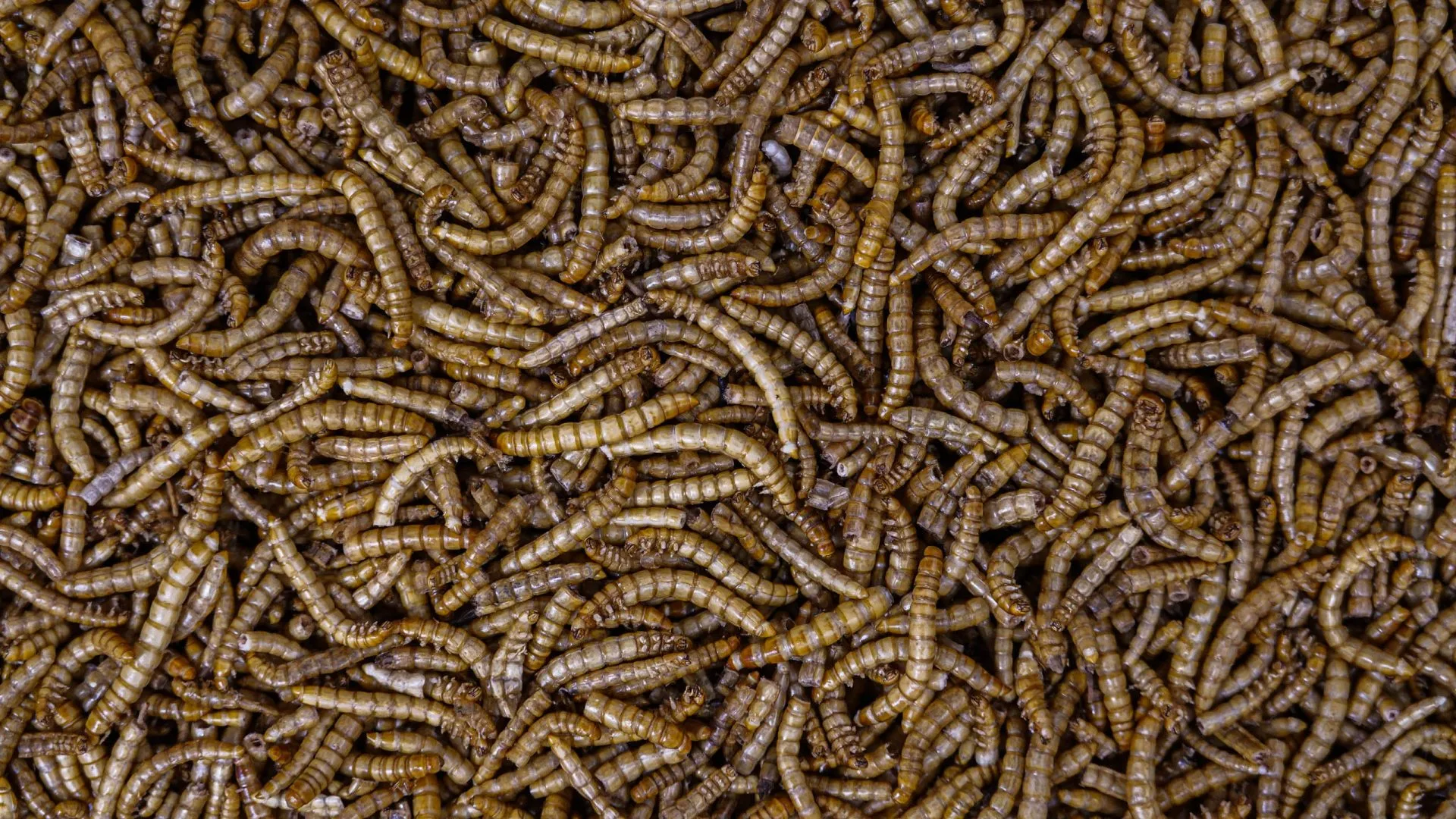
Michael Bom Frøst, former director of the Nordic Food Lab, believes that design and storytelling are keys to gaining acceptance for new and unusual foods (speaking of unusual foods of the future: Meat the future). However, storytelling does not mean inventing convincing arguments; of course, it is important that the narrative corresponds to the truth in order to have a truly lasting effect. It is very helpful to present the unusual in a familiar context. Insects fit very well in terms of taste, appearance and texture to cereal bars as everyone knows them. The best conditions, therefore, for our bars to meet with broad acceptance. To make insects even more accessible as a food, we are pursuing two concepts for the insect bar:
- a bar with a soft consistency that does not show the special proteins.
- The second bar should be “crunchy”, and clearly show what is in it. In both cases, however, the insects fit the product very well.
This means that there is something for more intrepid connoisseurs who want to look the facts in the eye, as well as for gentler minds that are open to new things but don’t want to be confronted with them while eating. The eye eats here in a special way. If it then crunches and cracks while chewing the small insect bodies, the texture and sounds also contribute to the experience, and no matter how good it tastes, it won’t really excite sensitive eaters.
Here, once again, the importance of food design becomes apparent. One and the same product can convince or disgust us because of its sustainable properties.
The Gentle Insect Bar
The base of the soft bar consists of dried fruit. So we get sweetness in the bar, at the same time the fruits are perfect for the consistency. We mix cranberries, mulberries, dates, oatmeal, hemp seeds, hemp flour, rosehip powder, beetroot powder, honey and salt. We finely mix this mixture in a stand mixer. This creates a slight heat, which by itself directly makes the mass a little more pliable. We mix the resulting base with the Buffalo flour heated for 15 minutes in the oven at 120 °C. Unfortunately, the mixture becomes very crumbly after kneading. We counteract this by working in some more dates, mulberries, some honey and freeze-dried black currants. The consistency is optimal: soft but not too sticky and the taste perfectly balanced: slightly acidic from the currants and sweetish from the dates. We leave the mixture for four hours so that the oatmeal can swell.
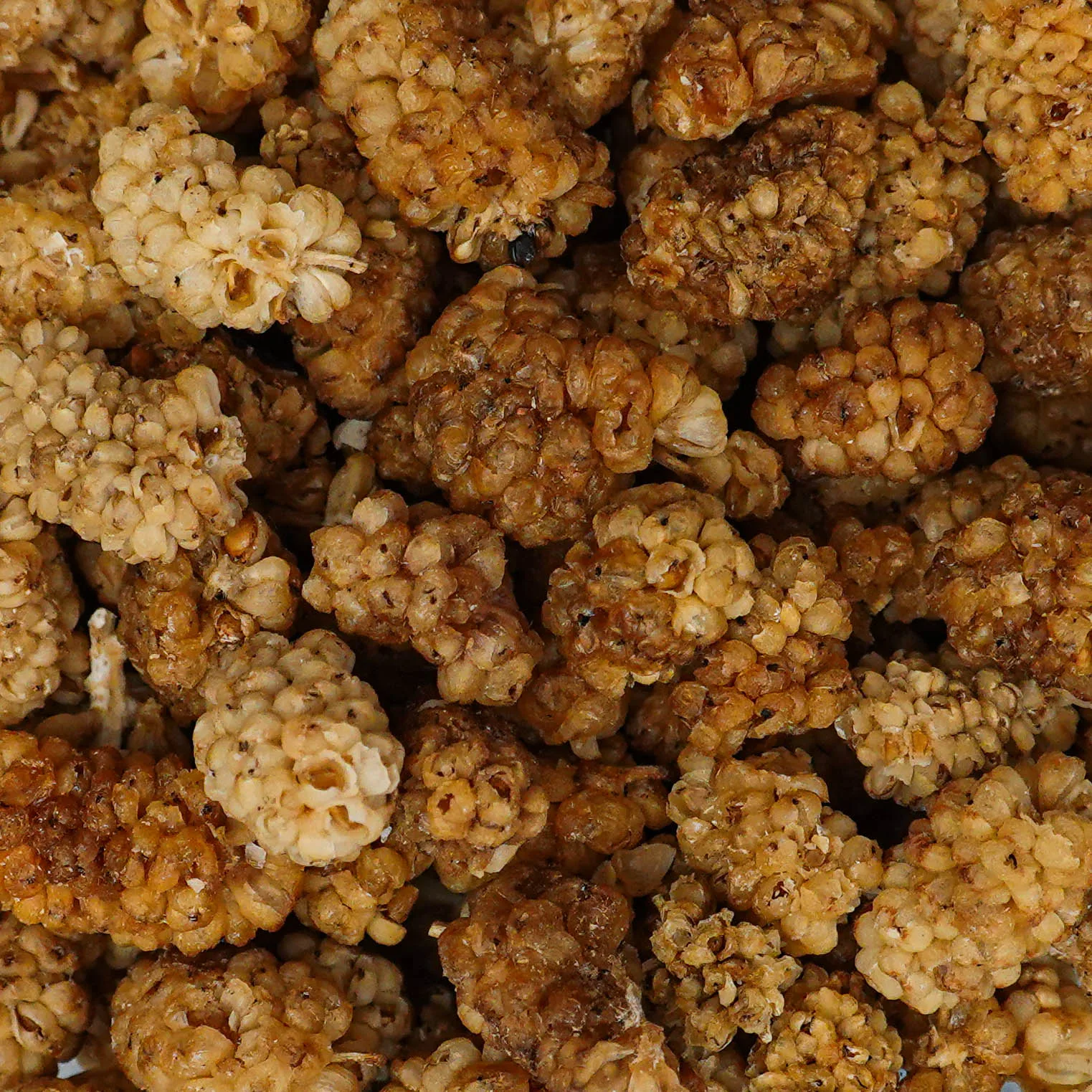
To make the insect bars a little more practical for everyday use, the mass comes between wafers. To do this, we roll out the mass evenly and cover the sides with wafer plates. Prepared in this way, we let the bars rest for another two hours, then we cut them into 3 × 9.5 cm bars before packaging them.
The crunchy insect bar
For the “crunchy” bar we use mealworms as whole animals as well as a muesli mix, puffed buckwheat, hemp seeds, oatmeal and honey. We mix all the ingredients together and add the mealworms at the end to keep them whole. This is important for the texture and for the appearance. Spread the mixture on a baking sheet and bake in the oven at 120 °C for 15 minutes.
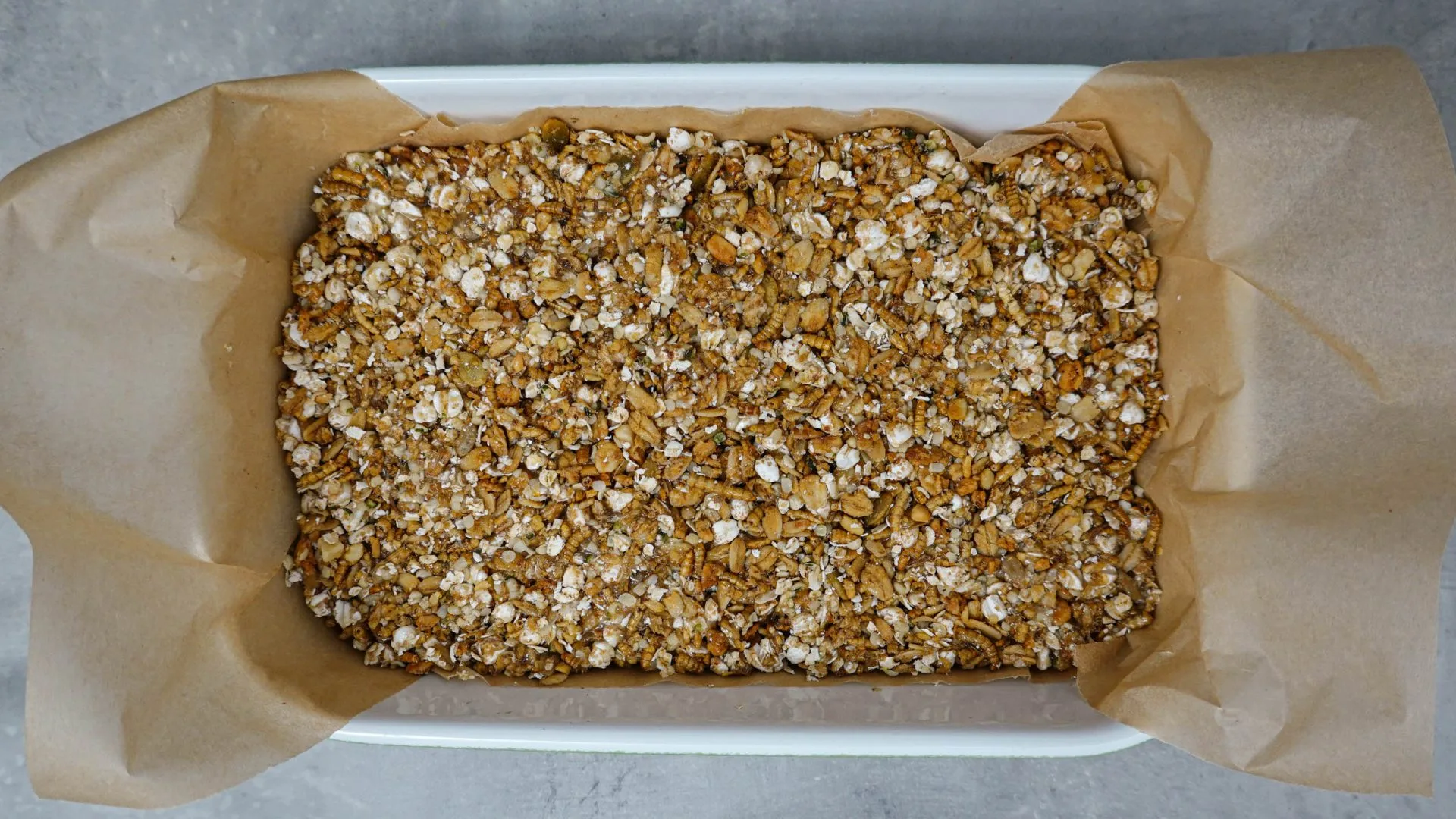
At the first cutting attempt, we quickly realize that this is nothing, the bars are really crunchy but break and crumble apart. Therefore, we add a small amount of warm oat milk, oatmeal and agave syrup to the mixture. New attempt, but this time in portions, as a base we use wafer rectangles, on which we spread the mixture. We do not press this version of the bars, but leave some structure towards the top. We garnish the bars with the remaining mealworms, crickets and grasshoppers, looks very good! Two ingredients more and yet a completely different product. The bars go into the oven again for ten minutes at 150 °C, then we dip them with the underside in Ruby chocolate.
Save the world with pleasure?
And will eating insects save the world? According to Mark Bomford (director of the Yale Sustainable Food Program), rather not. Despite impressive statistics in favor of insects as food, he believes the complexity of food systems is too high to make serious long-term statements regarding sustainability, as he writes in the preface to On Eating Insects.
Nevertheless, there is nothing to be said against a tasty examination of various dietary styles. Because that promotes a conscious approach to our food, and that will also be necessary in the future.

